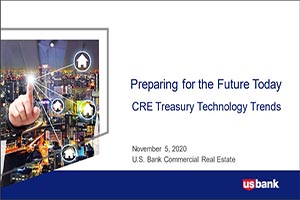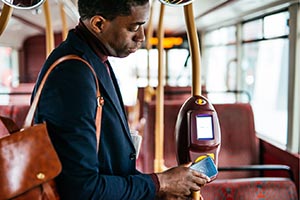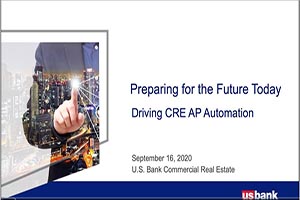Text-to-pay, kiosk payment, and PDF e-billing can help government meet constituents’ need to securely pay for services—how, when, and where they want. Flexible options also help people pay on time, increasing revenue flow.
More than ever, people enjoy—and expect—the ability to pay for goods and services with digital options that are secure, streamlined, and convenient. While government has traditionally been slower to integrate new technology, flexible cost reduction strategies such as a service fee program make now the right time for government agencies to rethink how they serve their citizens. Offering omnichannel digital choices that save people time and money can help government institutions become more responsive, resilient, and trusted. Even the Federal Government recognizes “Government must be held accountable for designing and delivering services with a focus on the actual experience of the people whom it is meant to serve.”1 Below we detail new, modern consumer payment experiences and possible constituents that may benefit most from the offering.
The ideal experience for a millennial working professional
Research shows that millennials on average spend more hours a day working when compared to previous generations (7.81 vs. 7.69).2 Between work and their other responsibilities, this generation spends an average of 3.7 hours a day on their phones.3 Why not meet this constituency group on their preferred method of communication?
- 82% of all text messages are typically read within five minutes of being received4
- 77% of 18-34 consumers who text are more likely to view companies that offer texting capabilities positively4
Text to pay, also known as SMS (Short Messaging Service) payment, lets your community members make payments on their smartphones. Integrated communications such as text-based billing reminders, collection statements, and mobile-enabled payment systems fit into customers’ everyday activities for seamless interactions. When you add text to pay to your digital payment platform, you can boost timely payments, reduce collection costs, and create customer confidence with no upfront cost.
Flexibility for the unbanked
Integrating diverse digital payment options while also providing alternatives to un-and-underbanked populations must be a part of governmental strategies so that everyone has convenient, equitable options. While an estimated 5.4 % of U.S. households (approximately 7.1 million) were “unbanked” in 20195, they have smartphones and use them to make mobile payments6 using options like Paypal, Venmo, and Google Pay.
In addition to mobile options, self-service kiosks that let customers pay utility bills, fines, taxes, and permitting fees are also gaining traction with government agencies nationwide. The City of Chicago, for example, has 119 kiosks available throughout the city7 in safe, accessible locations such as libraries, city buildings, and police stations that are open 24/7. Strategically locating kiosks in area historically underserved areas helps people save time and money by eliminating the need to take time off work or find transportation to government offices. There are no fees for kiosk use, and customers can pay by cash, check, debit, credit, or prepaid cards.
Kiosks help agencies reach the unbanked and can impact operational costs by:
- Reducing in-person staff workload
- Increasing transaction and data security
- Helping more customers pay bills on time to keep revenue flowing
Kiosks benefit citizens and, specifically the unbanked, by:
- Providing multiple ways to pay close to where they live and work
- Offering longer hours and access than traditional government offices
- Delivering intuitive screen interfaces in multiple languages
Open, click, pay—options for low-tech populations
Many people use computers effortlessly every day. However, almost 70% of U.S. citizens age 16-65 meet the first level of computer literacy or below, meaning they can use email and a browser to solve a problem, but only if it requires little or no navigation.8 The remaining 30% of the population finds navigation across pages and applications to be difficult. To reach users that may have had difficulty creating profiles on your online government portal, consider delivering a PDF directly to their inbox.
PDF e-billing is an option for modernizing payment that lets customers pay online without leaving their email inbox to log into a separate portal or look up account information. When they sign up, they enter their preferred payment method. After that, they receive an email with a PDF attachment and can pay directly from the PDF file when they click the “Pay Now” button. It streamlines your internal processes and boosts the chance of timely payment.
Connecting with the right payments partner can help you integrate payment solutions quickly, smoothly, and effectively. Contact us to learn more about how we can tailor bill presentment and payment acceptance options to reach all of your constituents and fit your overall payment needs.





































































